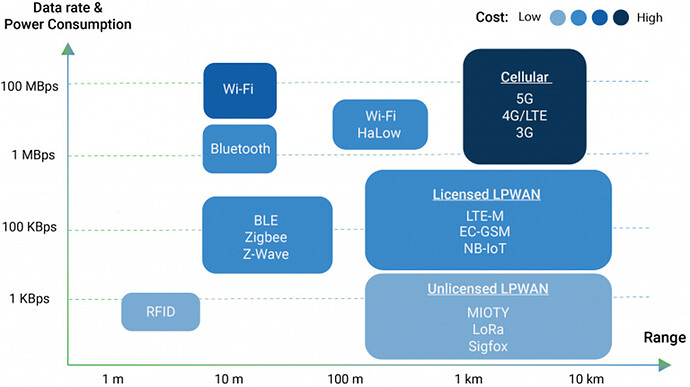Mioty is a software based LPWAN protocol designed to tackle the challenges of today’s wireless connectivity. Its design is driven by the mioty Alliance, which is backed by companies like Diehl Metering, Fraunhofer, Texas Instruments, LORIOT, ST Microelectronics, Olympus and more.
The alliance site explains that mioty is built for massive industrial and commercial IoT deployments, offering best-in-class reliability and scalability.
If you are familiar with LoRaWAN, you’ll see a certain resemblance: their architectures consist in low power devices connecting through distant gateways (or base stations), themselves managed by a Network server (or Service Center) which exposes devices and their data securely to applications through an Application Server (or Application Center).
And if you come to think about it, other LPWAN technologies like NB-IoT or LTE-M do propose similar architectures as well. The difference lies in the modulation of the signal between the device and the Gateway or Base Station. There are different types of modulation each designed to address different scenarios.
So many LPWAN technologies… but why?
Continue reading to learn: ![]()

